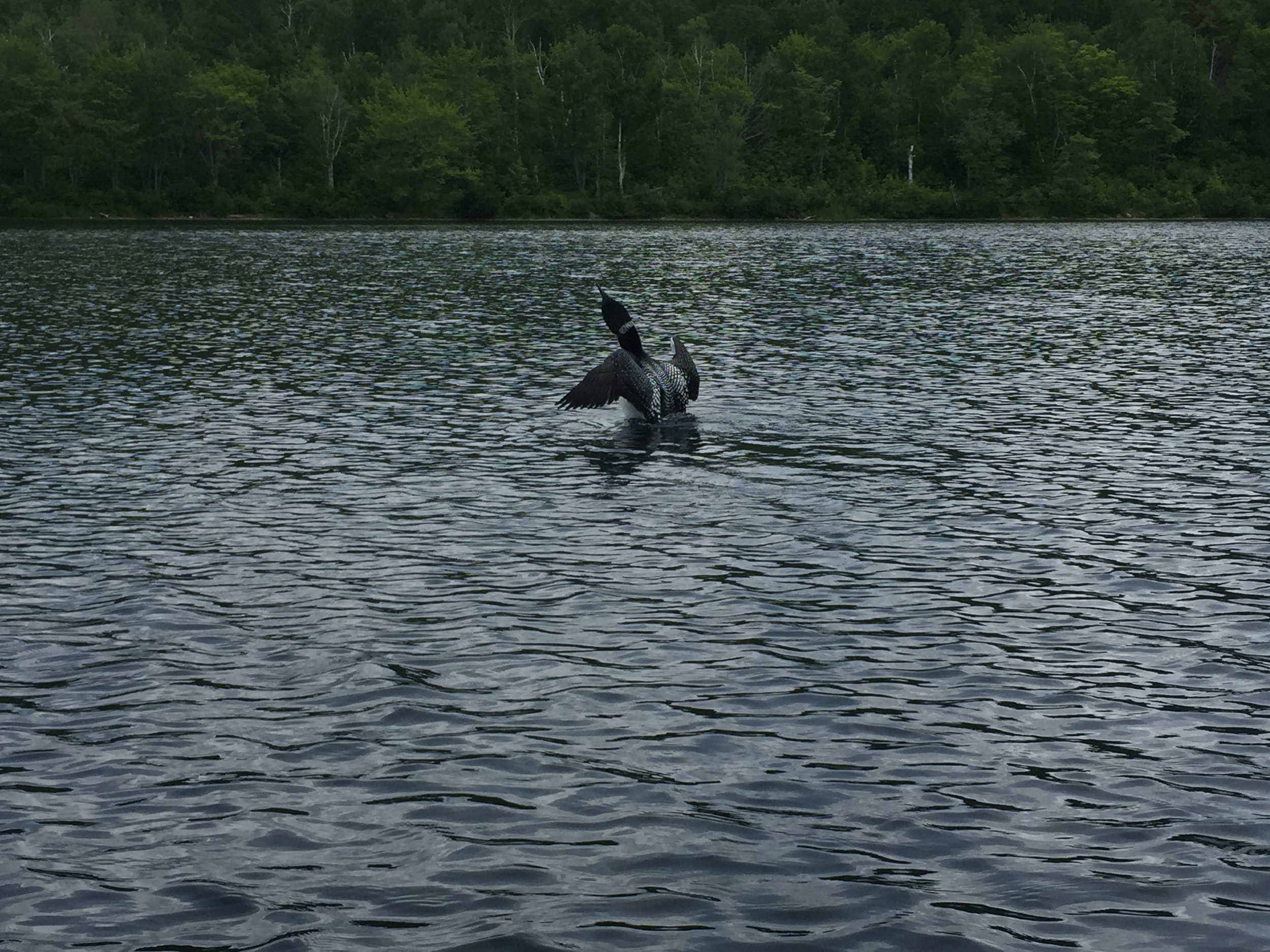The holidays are here yet again, and I can hardly believe how fast 2015 passed me by! Last year, I did a list on Appalachian Trials about gifts hikers would love to receive. I'm updating the list for 2015 and making it a stocking stuffer guide instead. Why would I change this? Well, because I want to show the good gear, and necessary gear at that, doesn't have to be expensive! At our house, we love giving lots of small and personal gifts to each other for all holidays. Here are a few of the great things I think any hiker could use! All the gifts are linked below and are available on Amazon.
Dr. Bronner's
Dr. Bronner's castile soap is wonderful for so many things. According to the bottle it has 18 different uses, including toothpaste! While I definitely wouldn't go that far, I would definitely say Dr. Bronner's is a great multipurpose item to have in a pack. I've washed socks in a plastic bag with it, I've used it as soap and shampoo, and I've washed my dishes with it. This tiny 2-ounce bottle is a welcome addition to any holiday gift for a hiker.
Sawyer Mini
Sawyer water filters have changed the way I hike. In 2012 on my AT thru hike, I met three people with a Sawyer water filter. In 2013 when I was working in Millinocket nearly 90% of hikers we met were using it. These amazing little filters are fast and easy to use. I actually use mine as an inline system placed directly on the end of my Camelbak. I drink directly from the filter, using my Camelbak as a dirty bag. If I'm feeling lazy in camp, this same inline system can easily be a gravity filter. I went from rarely ever filtering water to using it every time I drink in the woods, which is never a bad thing. Bonus tip? The filter can be backflushed on trail without the syringe by using a Smartwater bottle with a flip top cap!
Black Diamond Gizmo Headlamp
While there are many great small and ultralight headlamps on the market these days, I prefer the good old Gizmo. It's cheap and small - definitely lighter than my old Walmart lamp I used for years. This headlamp has an adjustable dimmer setting and a strobe light setting for nighttime rescue situations. The only downside is the lack of red light for night vision, but I don't often find myself wanting that feature anyway. The price won't break the bank either!
Klymit Inflatable Pillow
An inflatable pillow...? Really...? Yes, really! So for years I slept on my spare clothing in a stuff sack as my pillow. Then, this summer, NoKey bought an inflatable pillow as his luxury item and every time he got out of the tent before me I would snatch that pillow up in a matter of seconds and catch some more beauty rest. At 1.95 ounces packed weight, this little luxury item will be a sure favorite for anyone who loves sleeping in the woods.
Titanium Spork
Again, what sounds like a ridiculous idea is actually pretty practical! How many times have you or your favorite hiker busted their spork in a jar of peanut butter or a pot of mashed potatoes? If you've done it even once, you know this one time too many! While the plastic sporks are cheap, if you've replaced it more than twice you could have splurged and bought a titanium version. I bought one a few years ago and haven't had problems since! Also a bonus, the Vargo brand has a mini carabiner end on the top, so you can attach it right to your food bag or the bag you store your cook pot in. Never dig in your bag to find the spork again!
Smartwool Socks
Socks for the holidays?! Well, the gift we all hated to see (and inevitably always got) in our childhood takes on a whole new meaning when you love all things outdoors. While all hikers have their favorite brands of socks, mine are Smartwool's PhD Micro socks. I've been an avid lover of these socks since 2008 and have never once had a blowout like others I know. Find out which brand your hiker likes best and get them a few pairs!
I hope this short list of products I love has been helpful for your holiday shopping. What would you add to the list? I'd love to see what you think - leave me a comment below or reply on the Facebook post to get the conversation started!













































